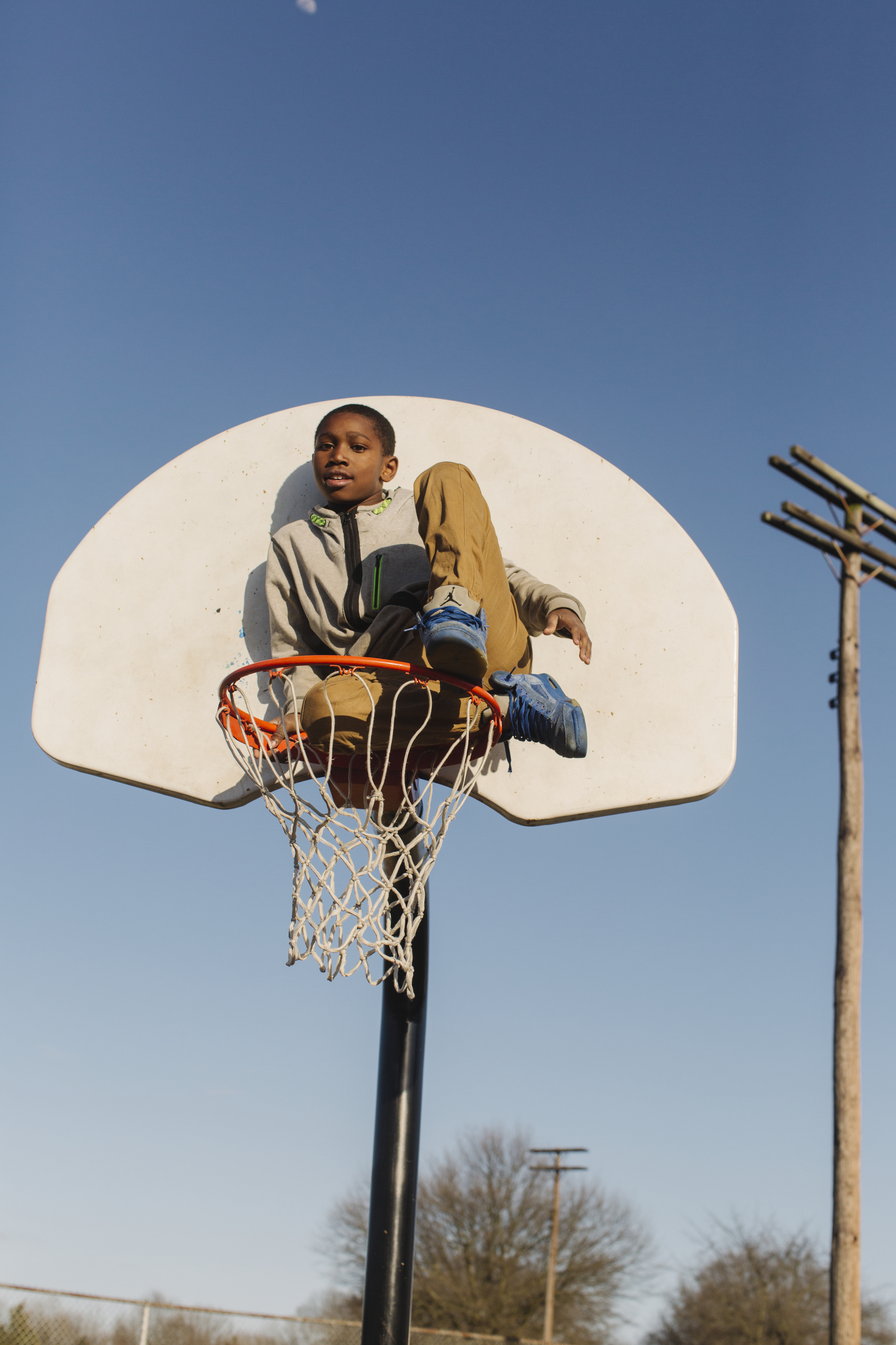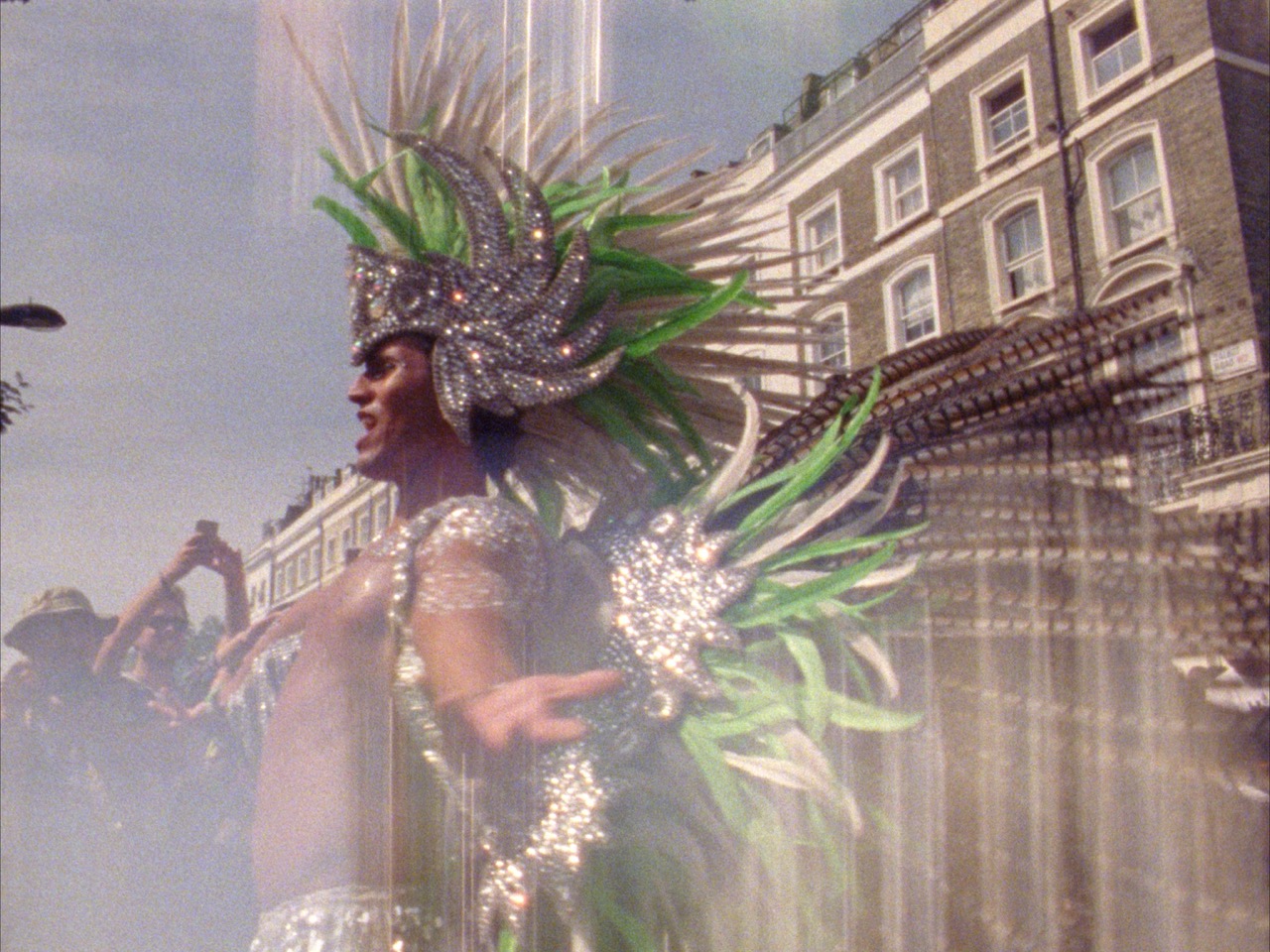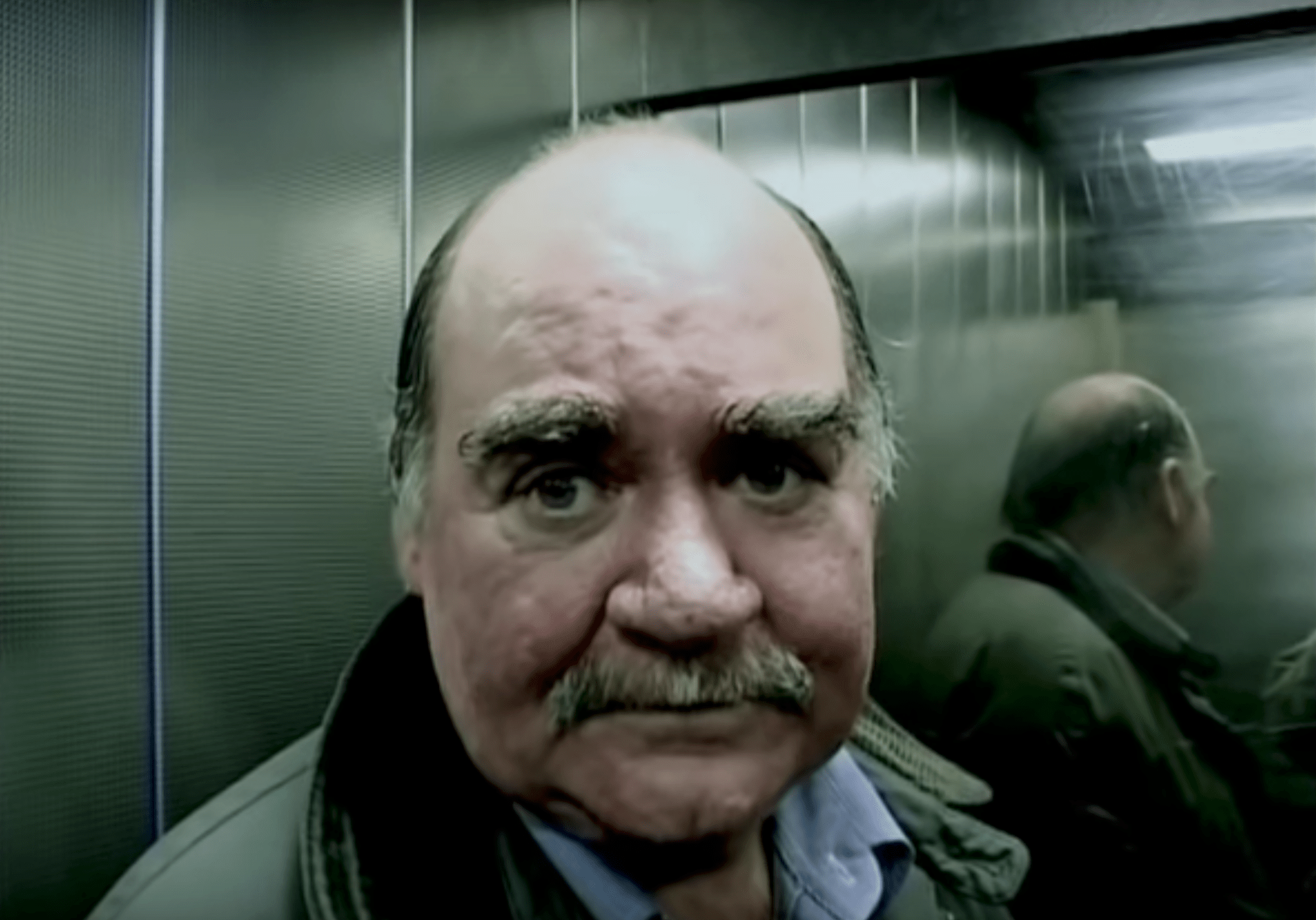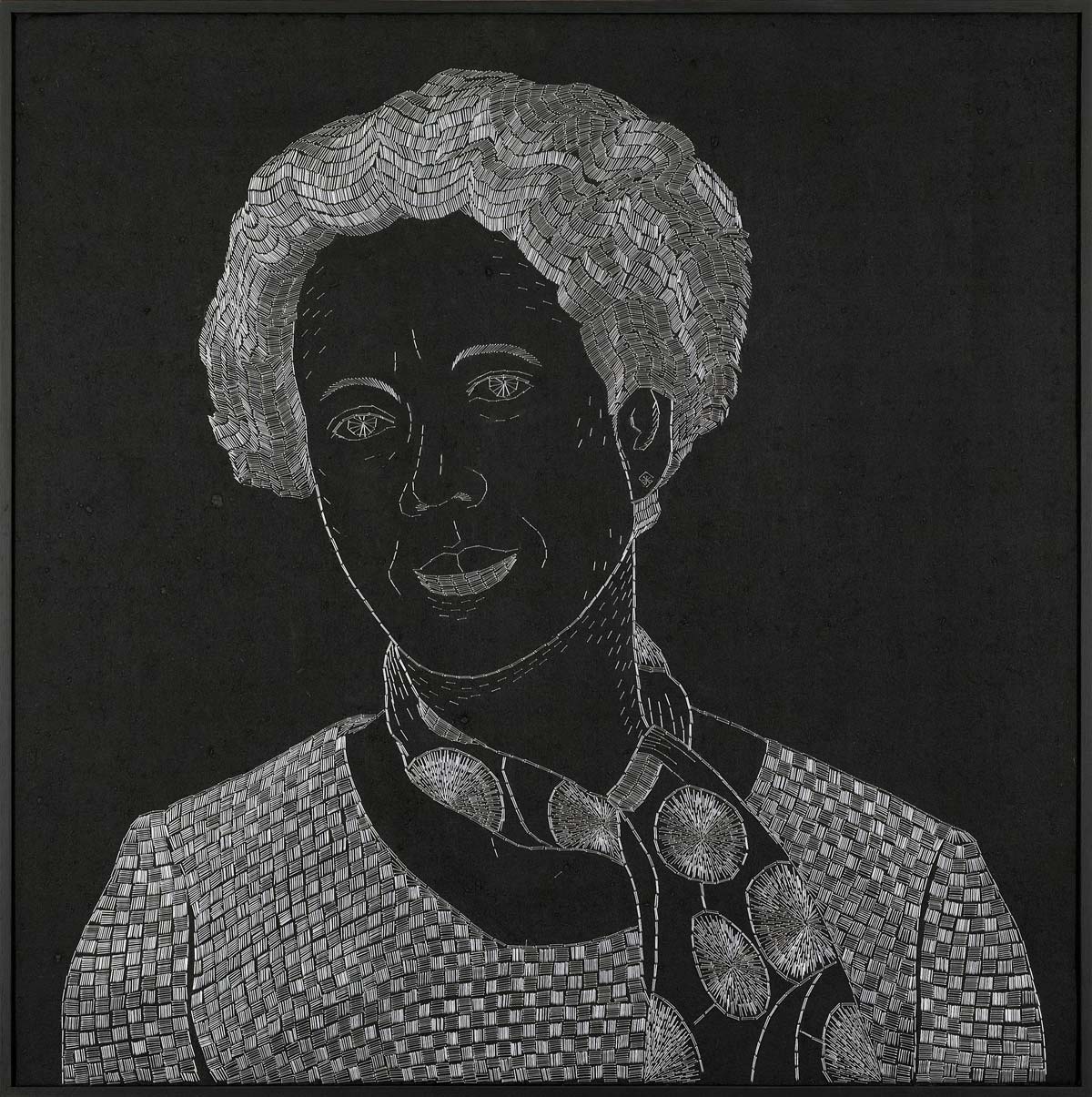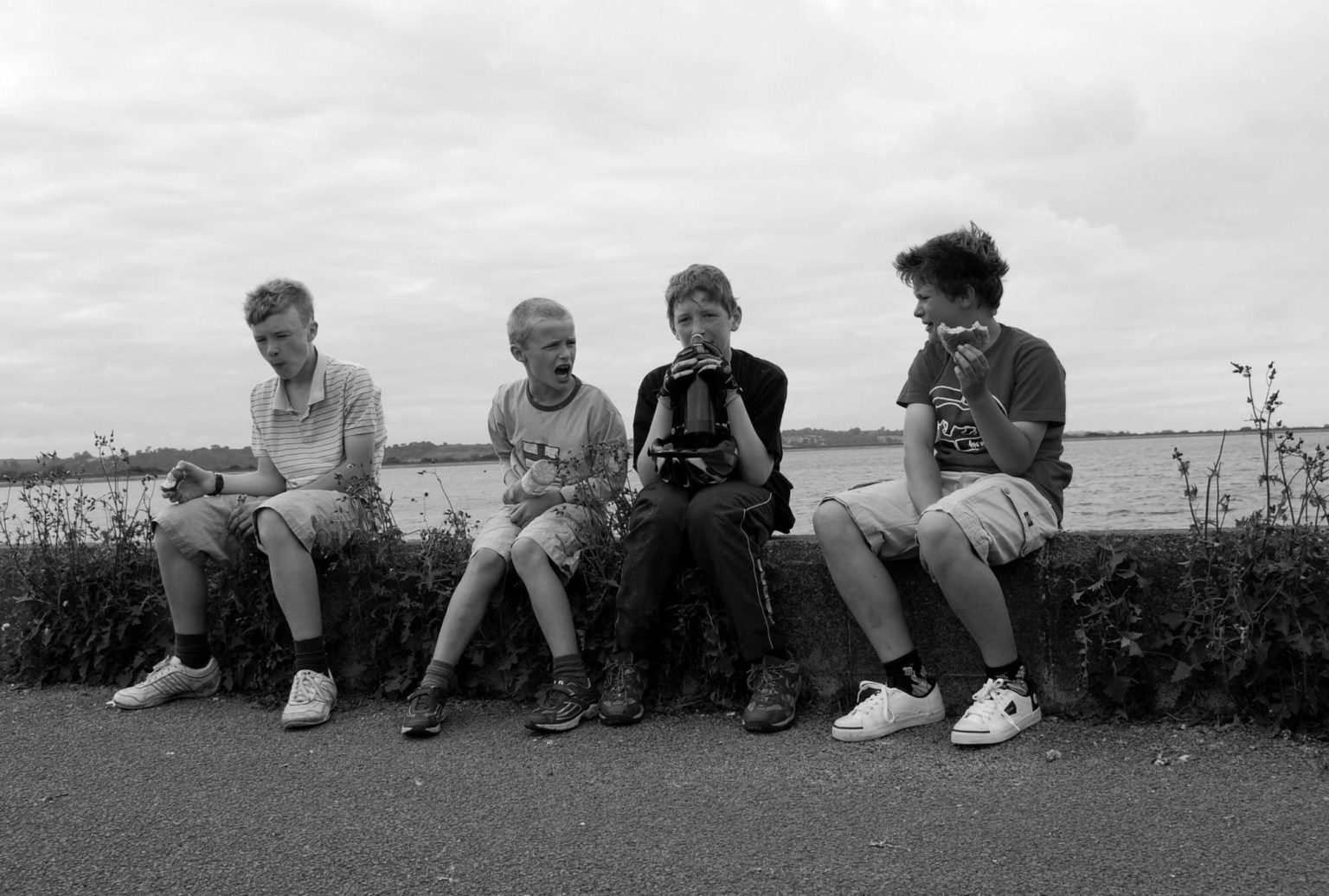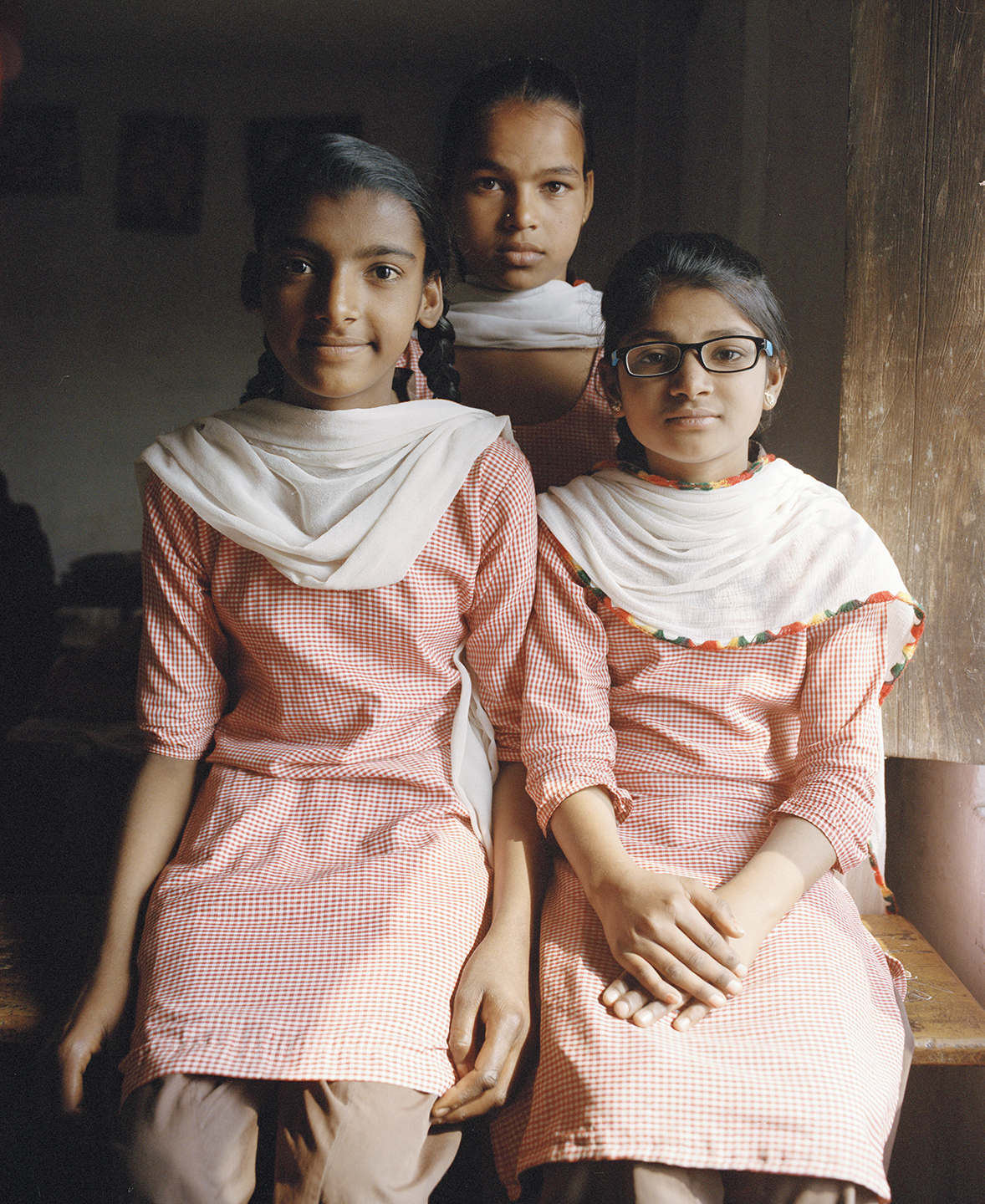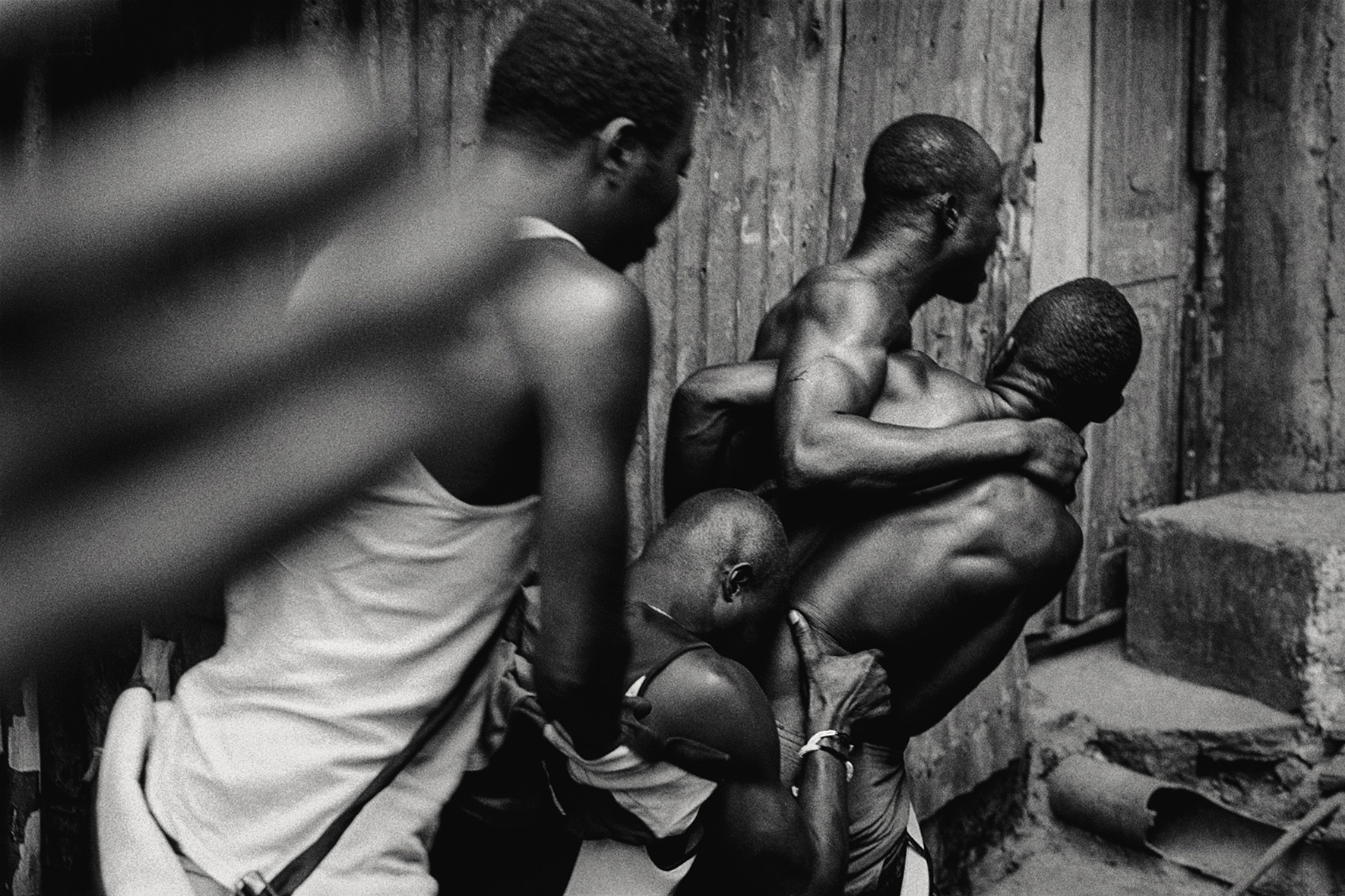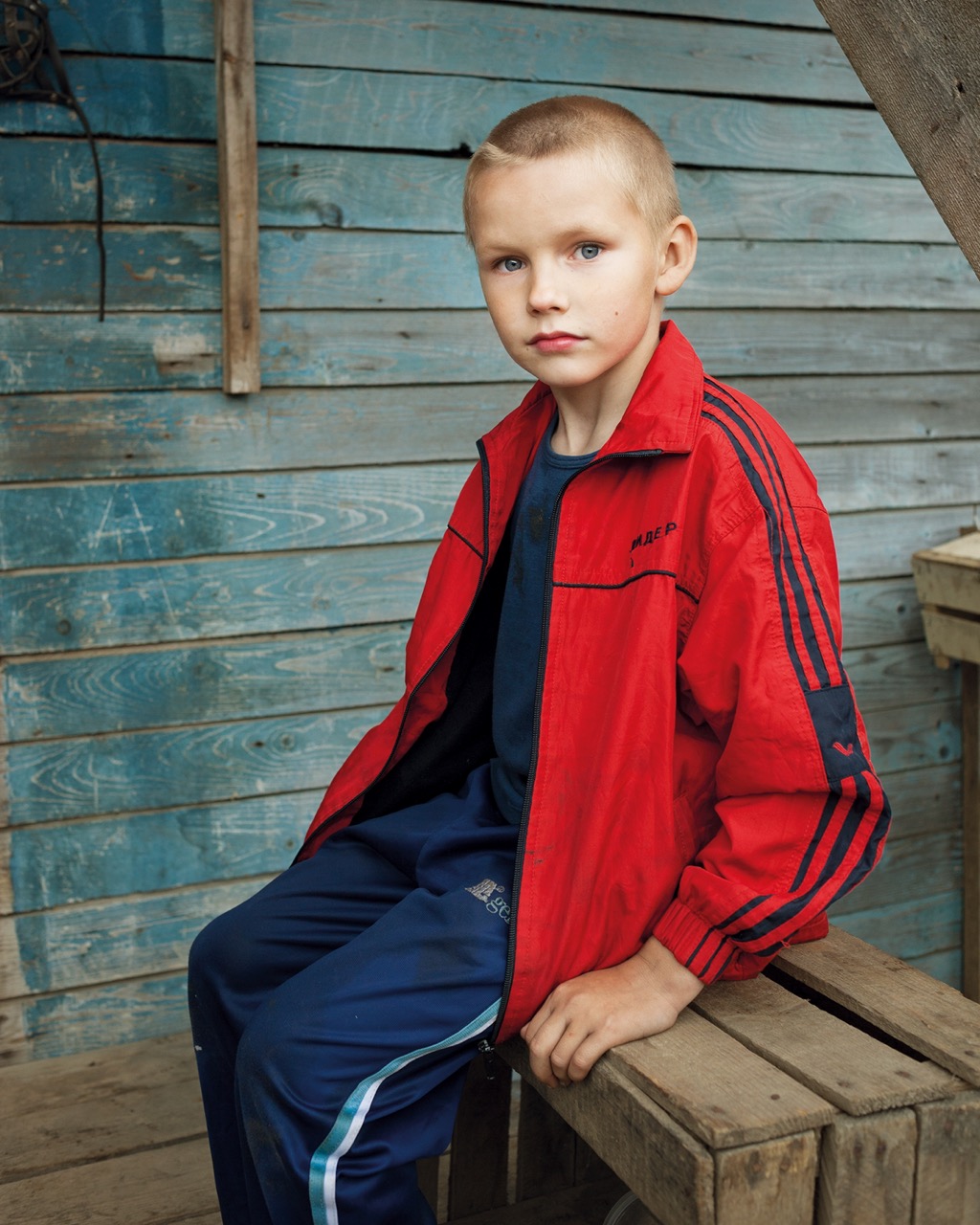Initiated in 2015, Sem Langendijk’s The Docklands Project is an analyses of the post-industrial city through the harbour area. Focusing on the high demand for living near the water, the project tries to get a grip on shifting demographics, water- front development and gentrification.
Split into multiple bodies of work, the starting point of this project focuses on the disused open spaces in the docklands of Amsterdam – (AGENCY), as Langendijk explains, is a portrait of the disused docker ‘ADM’. Once a ship-wharf located on the Westbank of the river, it became a disused property in the late 80’s, as the shipbuilding companies went elsewhere or out of business. The city had no use for the area, but a squatting community found residence on the desolate landscape. The project evolved towards an in-depth research into different systems that influence the transition of high profile cities of today. Focusing on the high demand for living near the water, the project tries to get a grip on shifting demographics, water- front development and gentrification. The project has been supported by the Mondriaan Fund and by the Amsterdam Fund for the Arts. The images featured are a mixture from each of the three bodies of work in Amsterdam (AGENCY), New York (LOT) and London (PERIMETER), filled with stunning landscape imagery and powerful portraiture, The Docklands Project is Langendijk portrayal the people and places of each of these cities by the sea.
Agency
Langendijk portrays the people that have transformed this industrial environment into a creative place for experimental living, close to the city, yet untouched by the development at hand. The ADM community functions as an example of autonomous micro societies that appropriate space and make place through small innovations and alterations of the existing build environment. These open spaces leave room for those without power to get to make a history and a culture, a type of making that has given our cities their cosmopolitanism and creative appeal. The ADM community had to vacate the area in January 2019.




Lot
explores the Red Hook neighbourhood in Brooklyn, New York, a workers-neighbourhood with workshops, garages, family run bars and restaurants, and still a lot of open space. A mixed environment that ensures a capacity to shape an urban subject and urban subjectivity. This can override the religious and ethnic subject, and sometimes, the differences of class, some- thing that few other places than cities can enable. Cut off from the rest of the borough by the Gowanus Expressway, and with no real infrastructure going into the area, it remained isolated and still is the neighbourhood with the highest number of empty lots in New York. The recent waterfront development brings new implants of design in architecture, and new citizens.




Perimeter
Public space can be entered and used by anyone, at any time, allowing for a little chaos and spontaneous encounters. They are islands of freedom within the city. Areas that seem like the regular city are now becoming corporately owned and regulated. Perimeter analyses the concept of invisible borders and large-scale corporate buying of urban space, resulting in privately owned public spaces, Pops. The boundaries between what is public and privately controlled become invisible, and the transformation of open areas into Pops have an impact on the use of space. It is no longer allowed to take photos in ‘public’ space. Protests are not tolerated. Open spaces become monitored and controlled places where we tend to police ourselves and limit our interactions. The city renewal happening in this systematic way, to reach financial goals, is transforming the meaning of what a city is and whom it is for.




This article was published in Issue 2, Volume 1 – Home & Migration.
